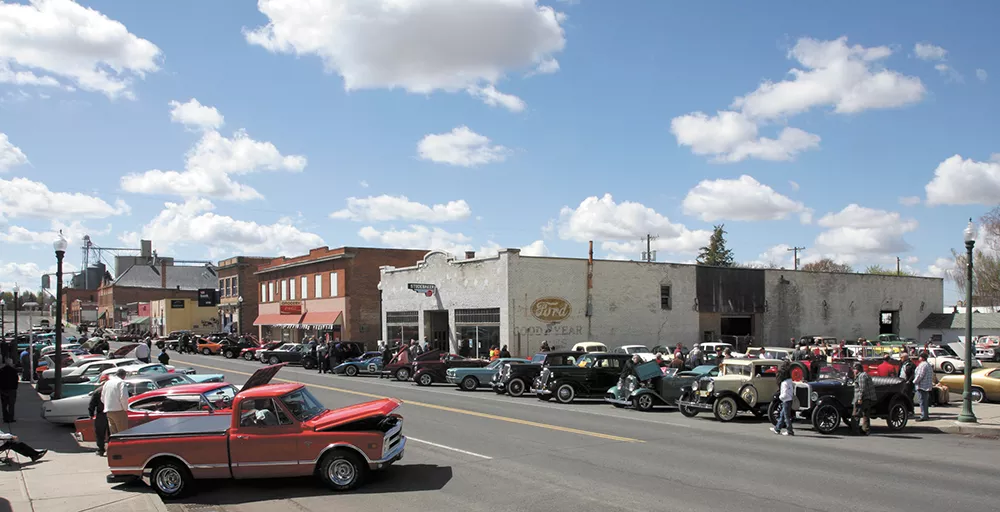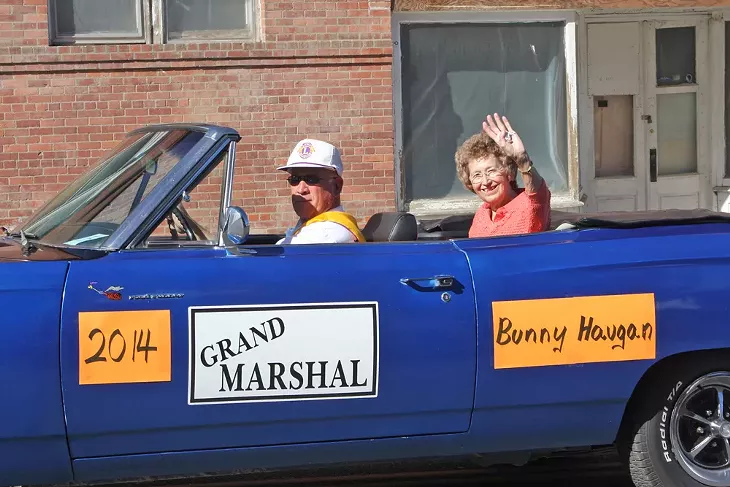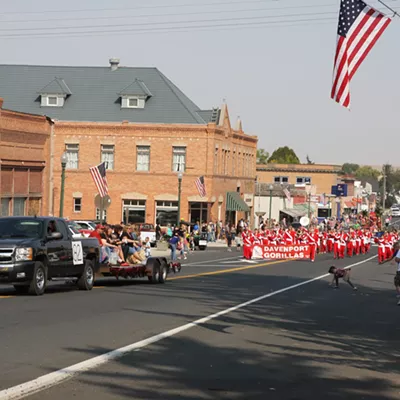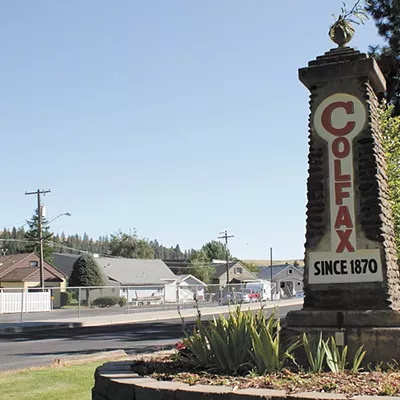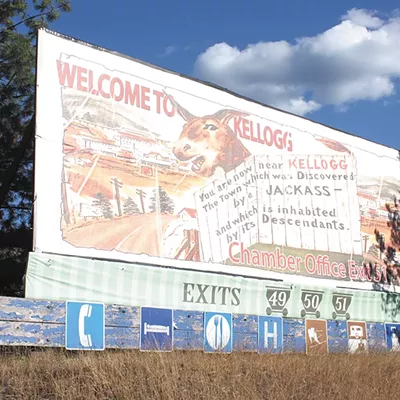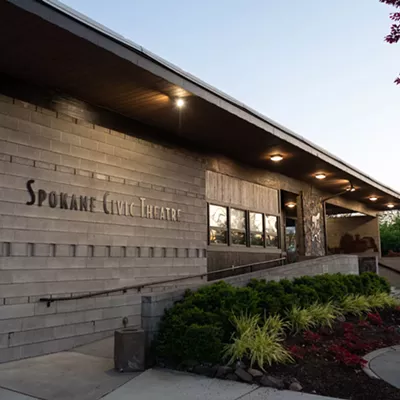It takes a little less than half an hour of driving through the 12,000 acres of the Big Bend wheat belt off Interstate 90 to discover the quaint, quiet town of Harrington, Washington. With a population of 424 and an area of not even half a square mile, this modest farm town may cause one to question whether it's 2015 or 1915.
Yet Harrington is not just tractors and grain elevators. The main drag is full of family-owned businesses, along with City Hall, which doubles as a library, and a tattered house that flies not one, but two, Confederate flags.
Above the paneled, double-hung windows are the words "1904 Bank Block." The Bank Block Building, the largest structure on the town's main street, has been a key part of Harrington for 111 years. The red brick building originally housed a barber shop, saloon and visitor lodging.
The block has seen many changes since 1904, but one thing that has remained constant is the Harrington Opera House, which sat dormant for 40 years until a group of volunteers joined forces to bring it back to life.
Gordon and Billie Herron, members of the all-volunteer Opera House Society, have dedicated 23 years to refurbishing the opera house, which has never actually put on a full opera. Both agree that they have a love for old buildings and could not see this central part of Harrington be lost when the original owner thought about closing it down for good.
"We were all for it. So in January of 1992, we called a bunch of people together to see if it was a viable endeavor. And it was," says Billie.
The group purchased the building for only a buck and a promise — that the historic opera house would become a nonprofit, and that the original owner could reside in a private apartment on the main floor.
The Herrons reflect about the building with much adoration as they detail the years of fixing floorboards, updating the electrical interior and their most recent endeavor — installing an elevator that allows the house's older attendees to be lifted to the second-floor auditorium.
Though it's been a lot of hard work, Gordon approaches it with good humor and high spirits.
"Carrying a grand piano up wooden stairs is kind of a dangerous job," he says, laughing. Fortunately, they now have an elevator do to the work for them.
Since 1987, Harrington librarian Marge Womach has spent her free time digging through old city documents, census reports and obituaries, learning more about the rural cemeteries in town and in other surrounding areas. Digging deep into the history of the Hillcrest Cemetery, she has compiled several 100-page information booklets of thumbnail stories and pioneer tales of those buried there.
Some of the 1,681 graves date back to 1898; many remain unmarked. Some were once denoted with wood that eroded over time, while others, with no headstones, date back to hard economic times when families had to move out of the community. For Womach, it's important to preserve these burial sites, lest these long-departed folks — as can happen in a place like Harrington — be lost to history.
"Each of the burials," she says, "becomes important to me as I attempt to document the life, short or long, and leave an imprint for following generations to read." ♦
EDITOR'S NOTE: This story has been changed since publication to correct a misspelled name.
HARRINGTON
Population: 424 in the 2010 census
On the map: 49 miles west of Spokane
Annual event: The Fall Festival takes place on the fourth weekend in September, celebrating the end of the harvest and beginning of the fall
Notable names: George Frederick McKay, an American composer who founded the composition program at the University of Washington. Darol Froman, scientific director of the Operation Sandstone nuclear tests at Enewetak Atoll in the Pacific.

